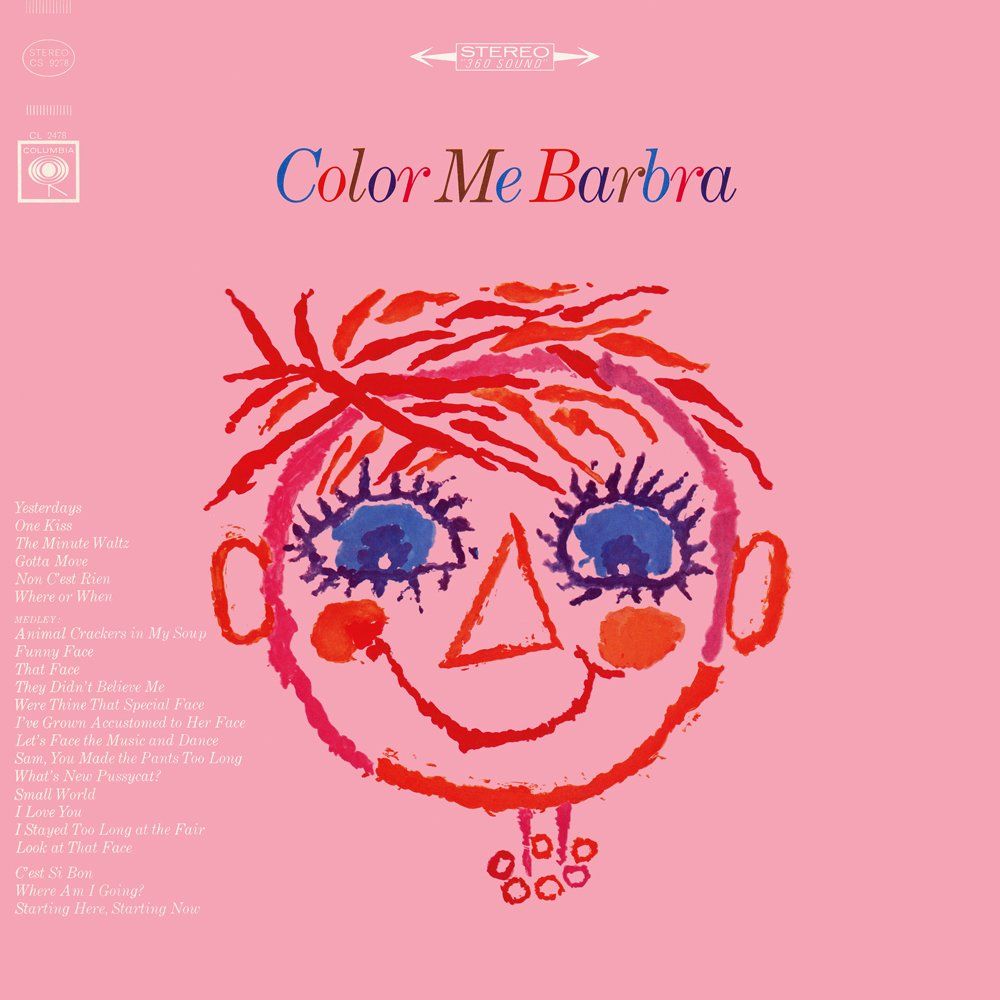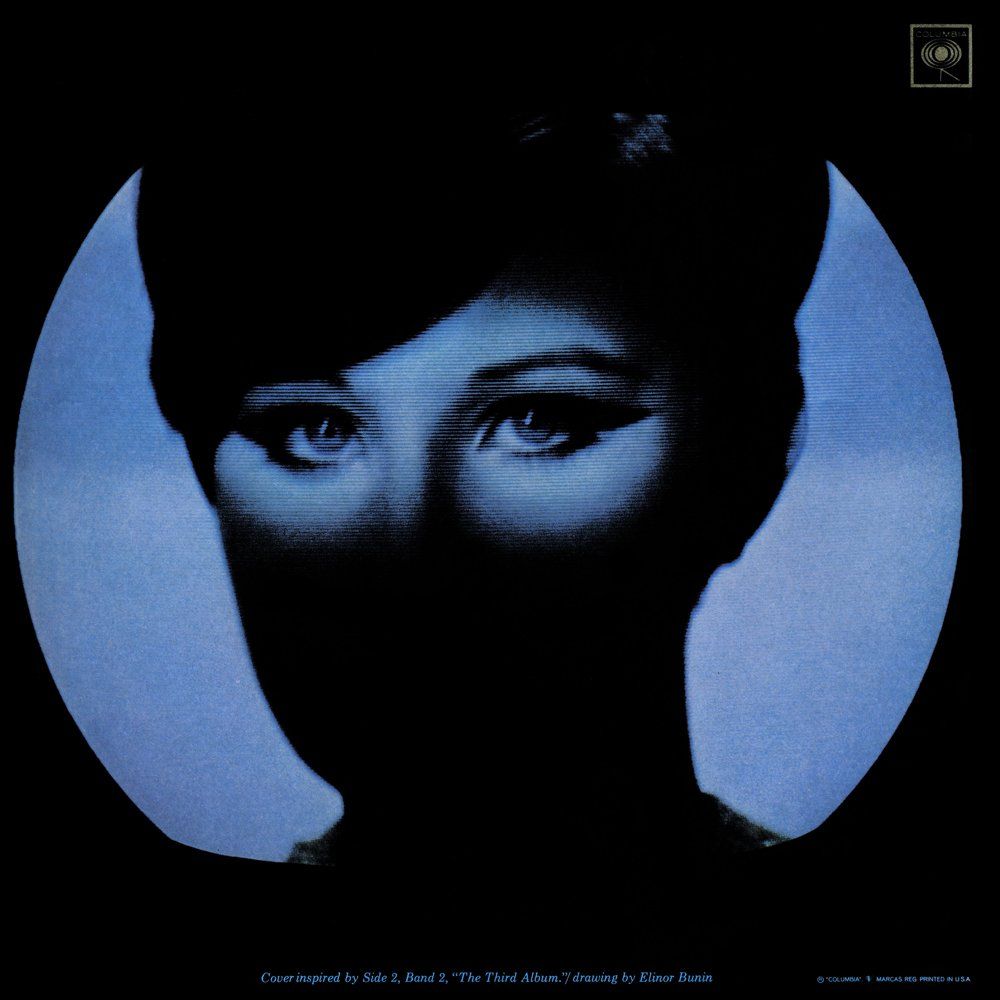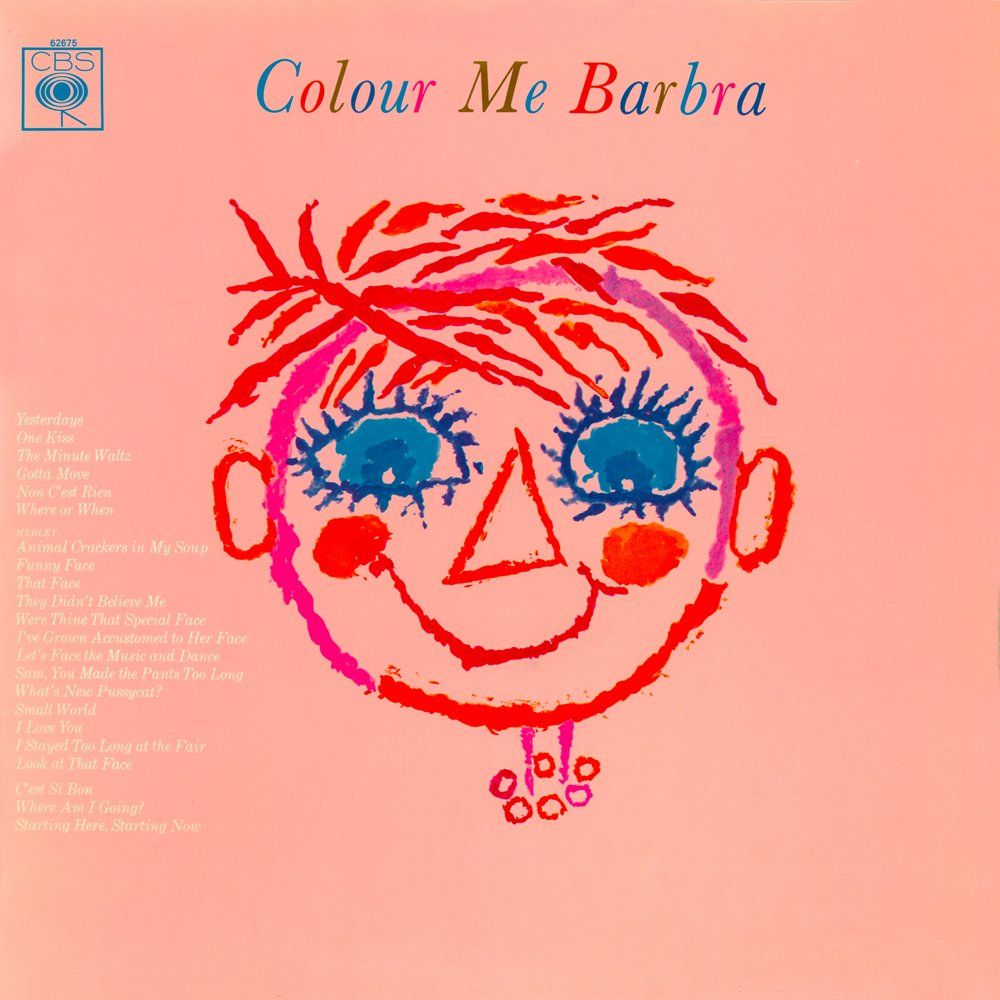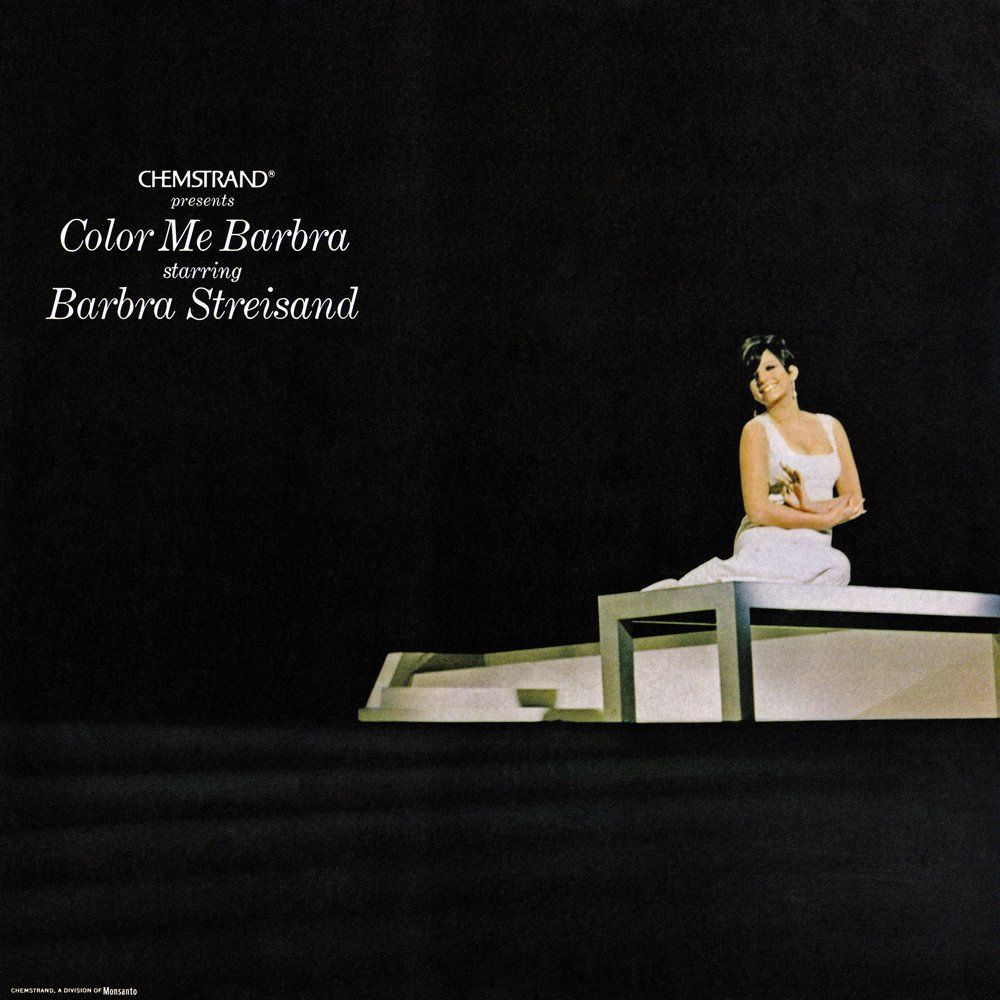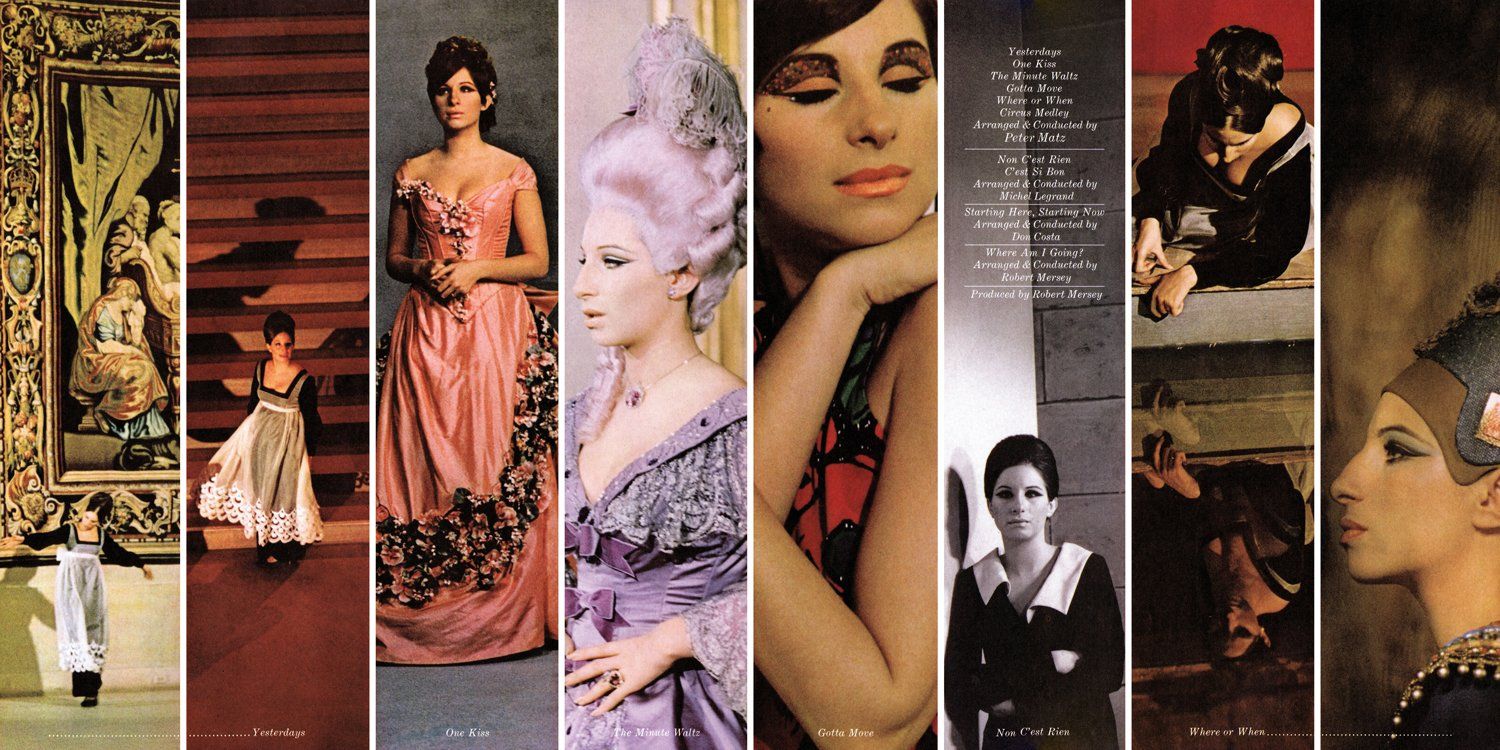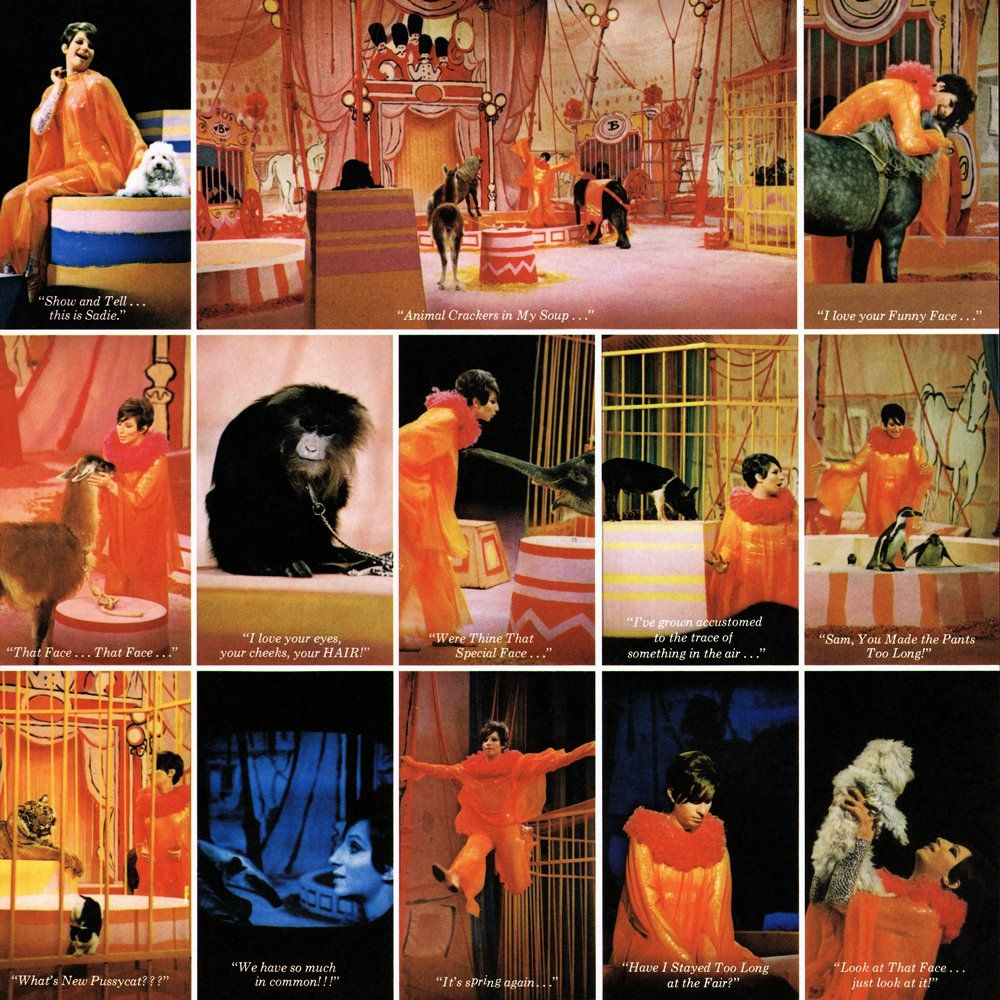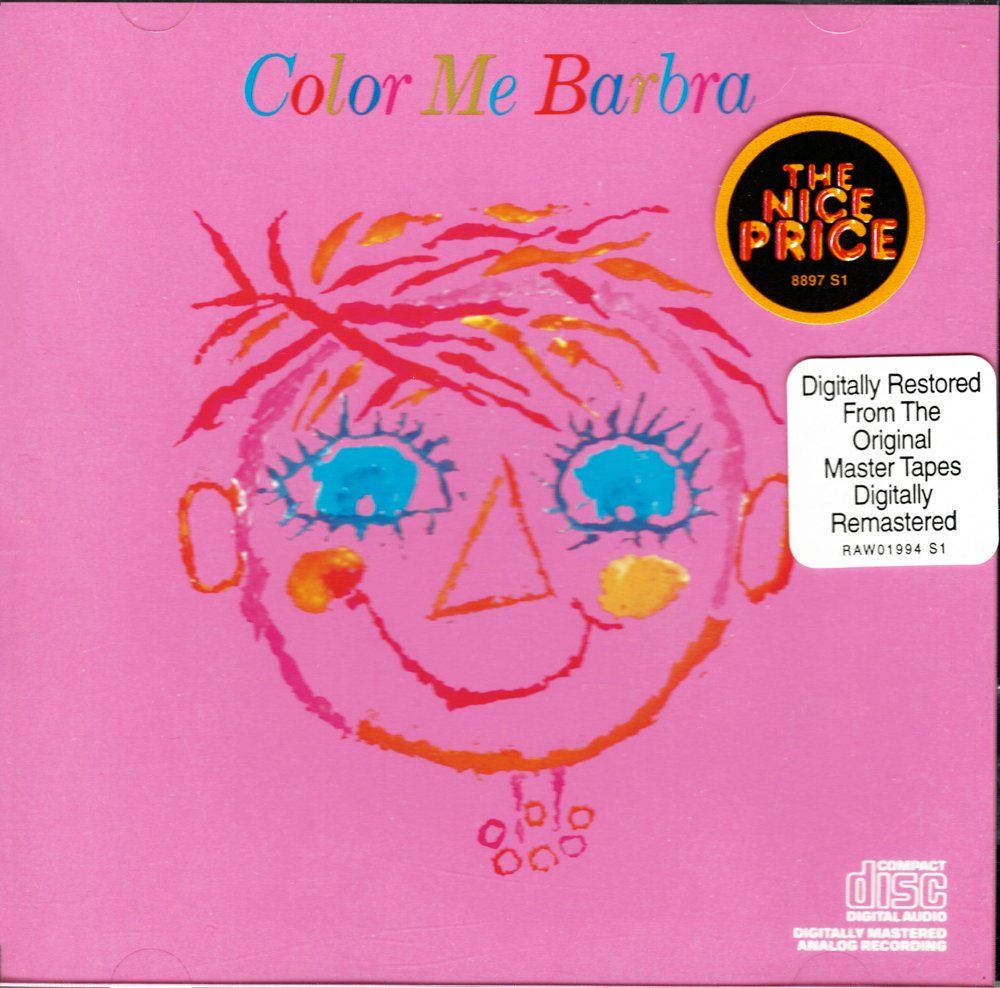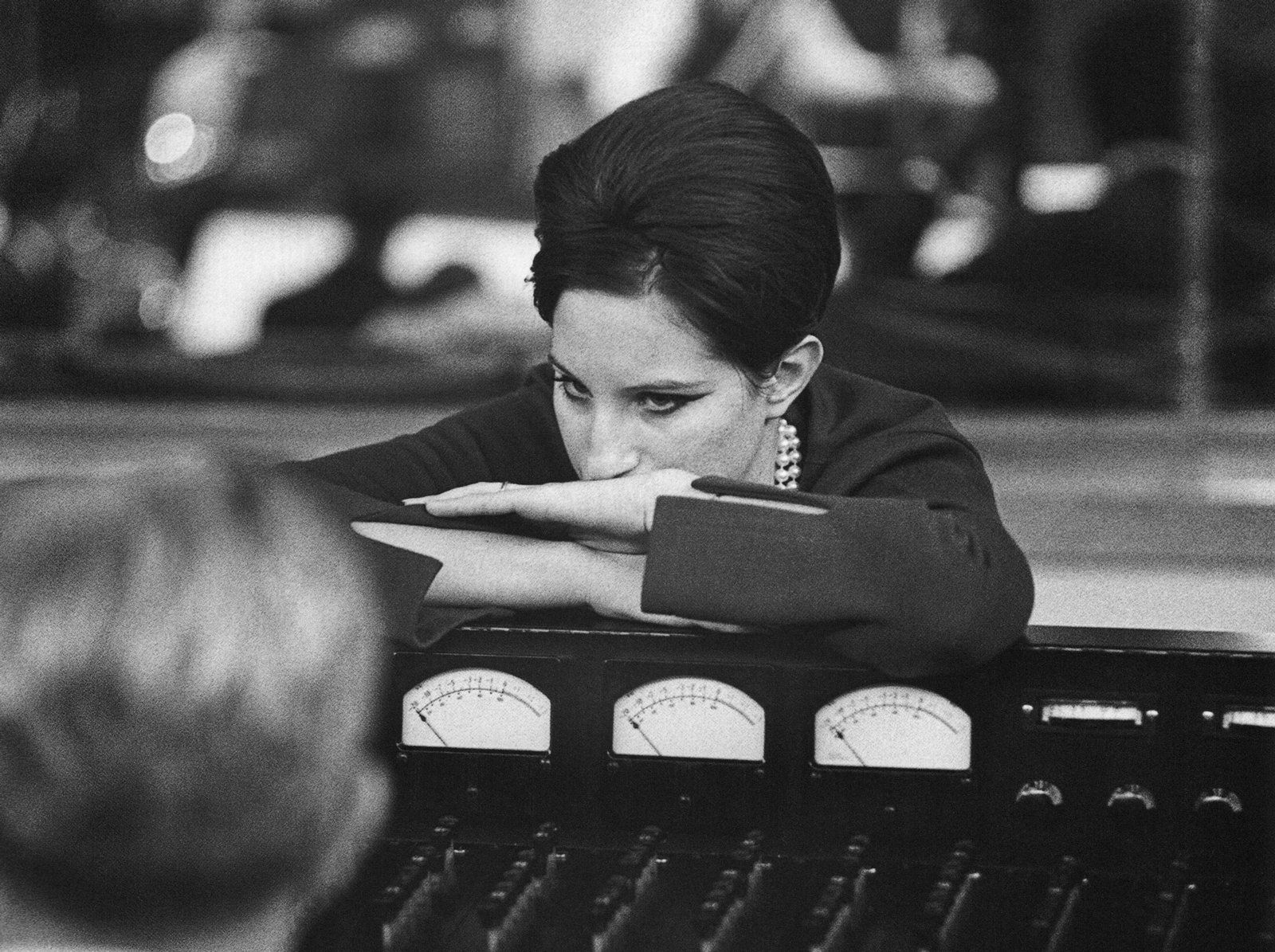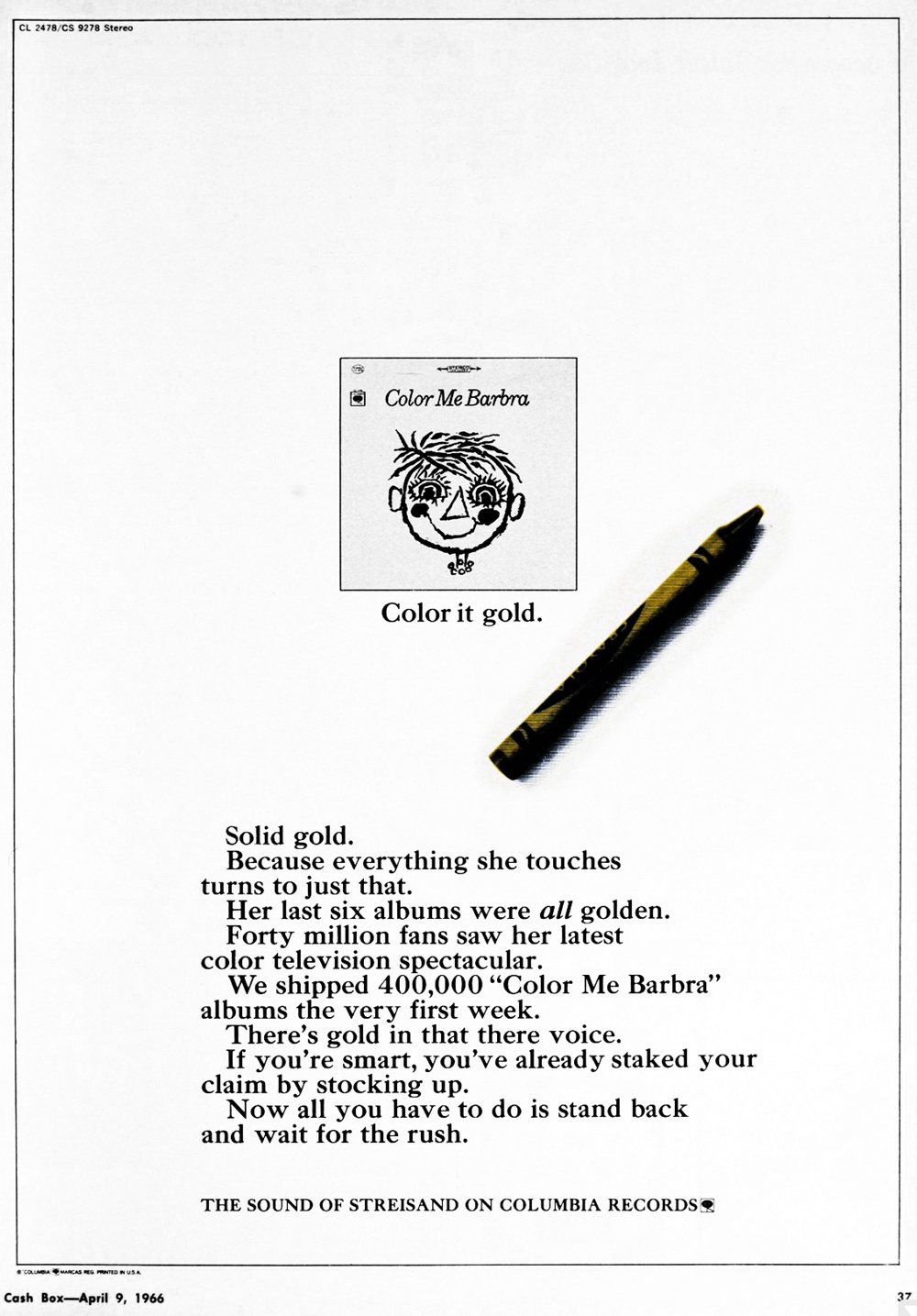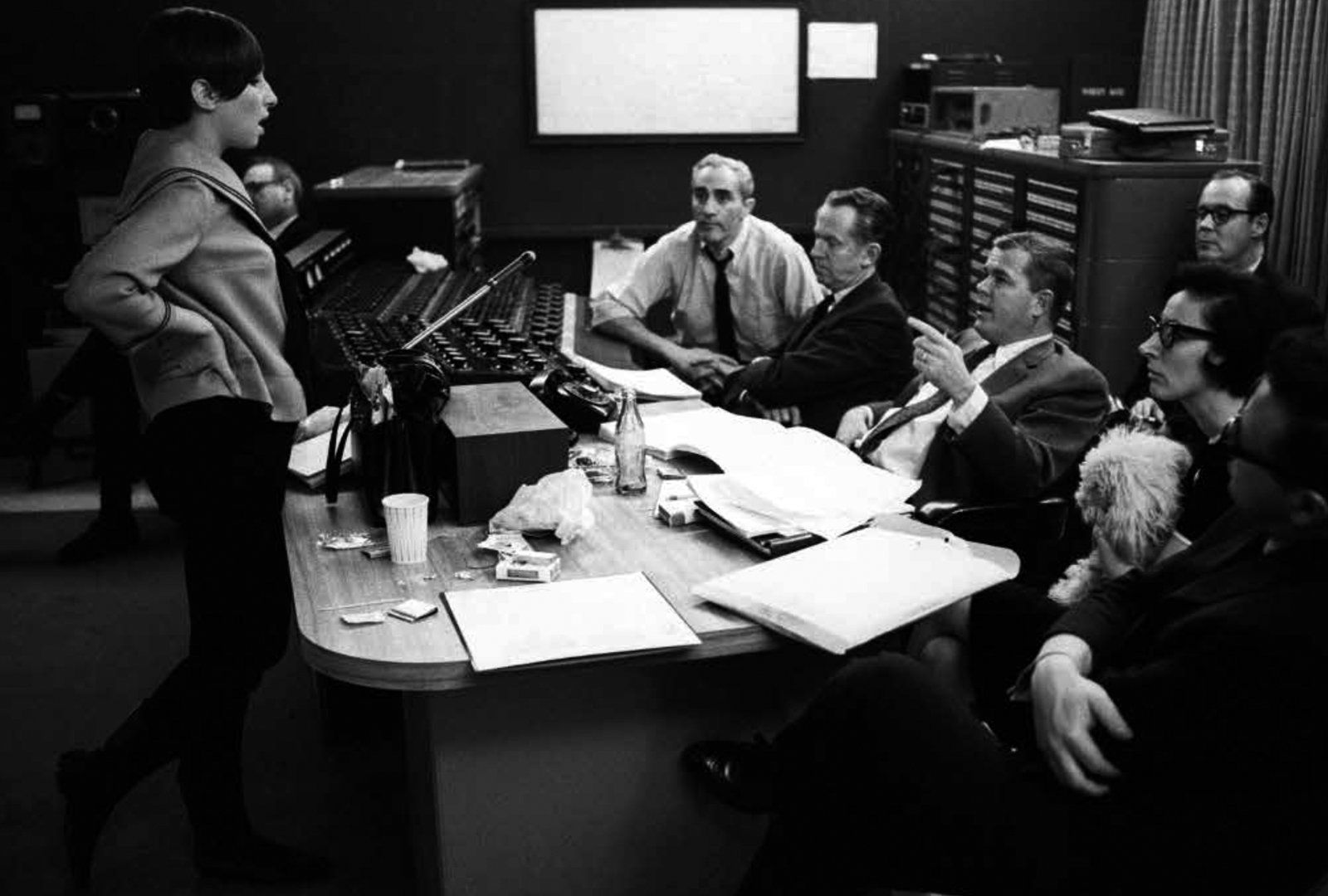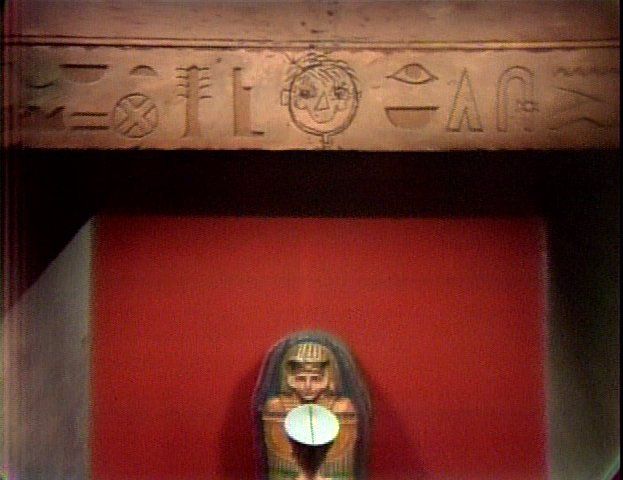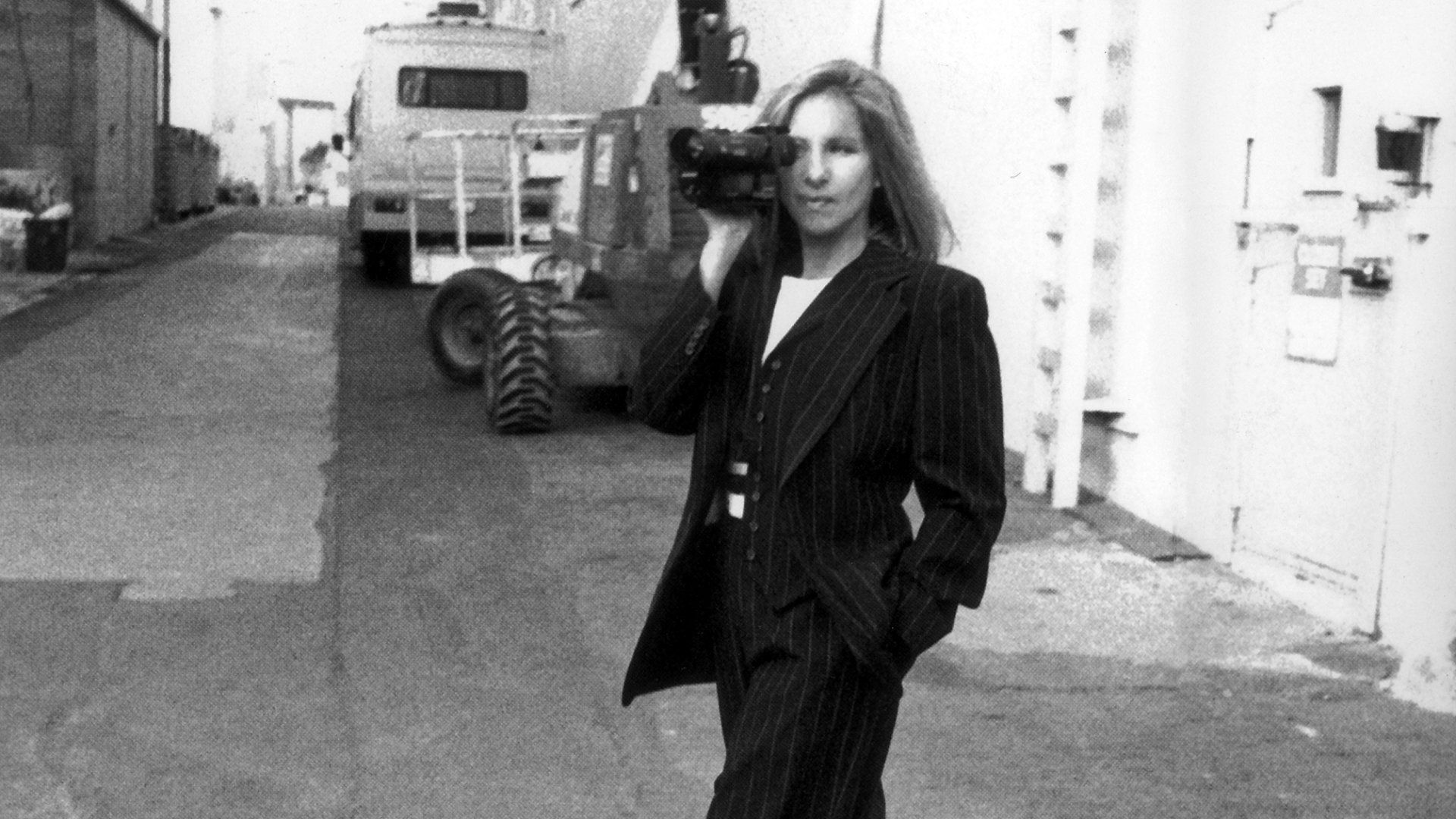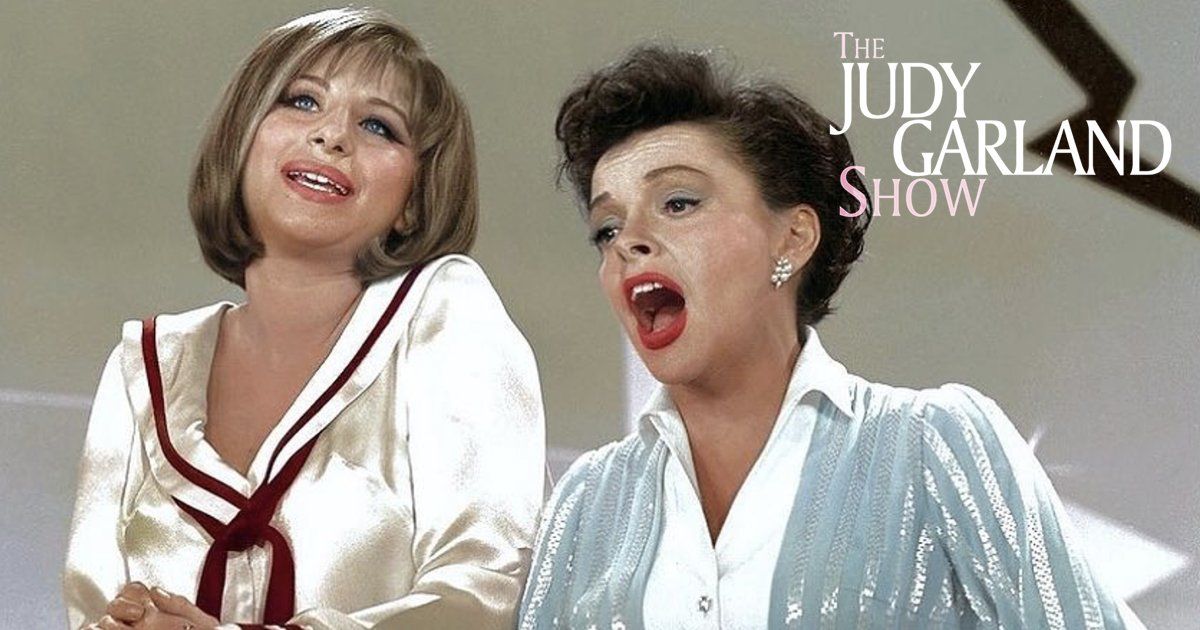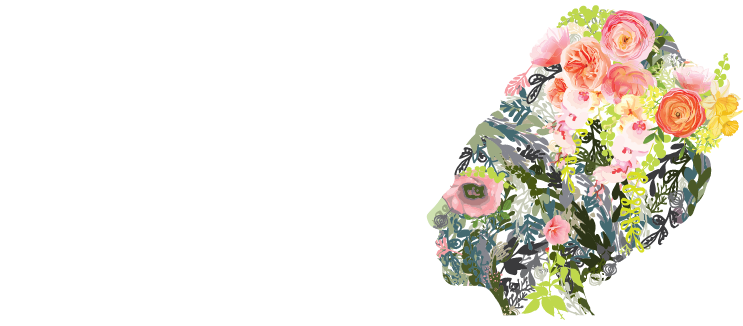Columbia Records was ready to sell its Color Me Barbra album to coincide with the airing of the TV show on CBS on March 30, 1966. Local newspaper ads read, “Watch Barbra Streisand’s ‘Color Me Barbra’ tonight on TV … Play her new album tomorrow!”
Two of the French songs that appeared on Color Me Barbra (“Non, C’est Rien” and “C’est Si Bon”) were actually recorded during sessions with Michel Legrand in November 1965 and January 1966 for Barbra’s forthcoming French album, Je m’appelle Barbra.
The rest of the album was recorded in three sessions. Fans should note that Barbra recorded a couple of songs that were never released at those sessions – the Harold Arlen song “Napoleon,” a studio version of “Nobody's Heart Belongs to Me,” and a version of “When Sunny Gets Blue” which she remade for her Simply Streisand album.
Here’s more information on certain songs from Color Me Barbra …
“The Minute Waltz” — Lan O’Kun wrote specialty material for Barbra Streisand in the 1960s and ‘70s like “Piano Practicing” for … Other Musical Instruments. His lyrics to Chopin’s waltz comically perpetuated the notion that it should be performed in one minute. In Color Me Barbra, Streisand performed “The Minute Waltz” dressed as Marie Antoinette, surrounded by Eighteenth Century French décor and a throng of Frenchmen wielding a guillotine.
Musopen.org explained the history of Chopin's composition best:
“Frédéric Chopin wrote a set of three Waltzes in 1847. They were published separately, though always as part of Op. 64. The first one, in the key of D flat minor, was dedicated to Countess Delfina Potocka, and it was unusually named by Chopin himself as valse du petit chien, meaning ‘the little dog waltz’. The publisher, however, printed it under the nickname Minute, which led to a widespread belief that the waltz is to be played in under one minute.”
“Starting Here, Starting Now” — David Shire was the pit pianist and assistant conductor for Broadway’s Funny Girl. He and his writing partner Richard Maltby wrote “Starting Here.” He explained, “Everyone wanted Barbra to record their songs,” he said, until “one day she saw a new piece on the top of my piano and asked, ‘What is that?’ to which I replied, ‘That’s a bossa nova intended for Robert Goulet.’ ‘Well, let me hear it anyway,’ she said. I played ‘Starting Here, Starting Now,’ and that’s the song she wanted.”
The Circus Medley –
The medley has been edited for the album. Here is a list of all the songs she sang on the TV show, in order, including the writing credits, with the cut songs notated.
- Animal Crackers in My Soup (Irving Caesar / Ray Henderson / Ted Koehler)
- Funny Face (George and Ira Gershwin)
- That Face (Alan Bergman, Lew Spence)
- They Didn’t Believe Me (Jerome Kern / Herbert Reynolds)
- Were Thine That Special Face (Cole Porter)
- I’ve Grown Accustomed To Her Face (Frederick Loewe and Alan Jay Lerner)
- Let’s Face the Music and Dance (Irving Berlin)
- Sam, You Made the Pants Too Long (S. Lewis / V. Young / F. Whitehouse)
- What’s New Pussycat? (Burt Bacharach and Hal David) *
- Who’s Afraid of the Big Bad Wolf? (Frank Churchill and Ann Ronell) **
- Small World (Jule Styne / Stephen Sondheim)
- Try to Remember (Harvey Schmidt and Tom Jones) **
- I Love You (Cole Porter)
- Have I Stayed Too Long at the Fair (Billy Barnes)
- Look at That Face (Leslie Bricusse and Anthony Newley)
* On the album, the first two up-tempo “What’s New Pussycats” are cut out. The album simply cuts to the “ballad” version that Barbra sings to the kitten.
** “Wolf” is cut completely; Barbra sings “Try to Remember” to the elephant on the TV show. The album cuts it out but keeps a bit of the instrumental.

